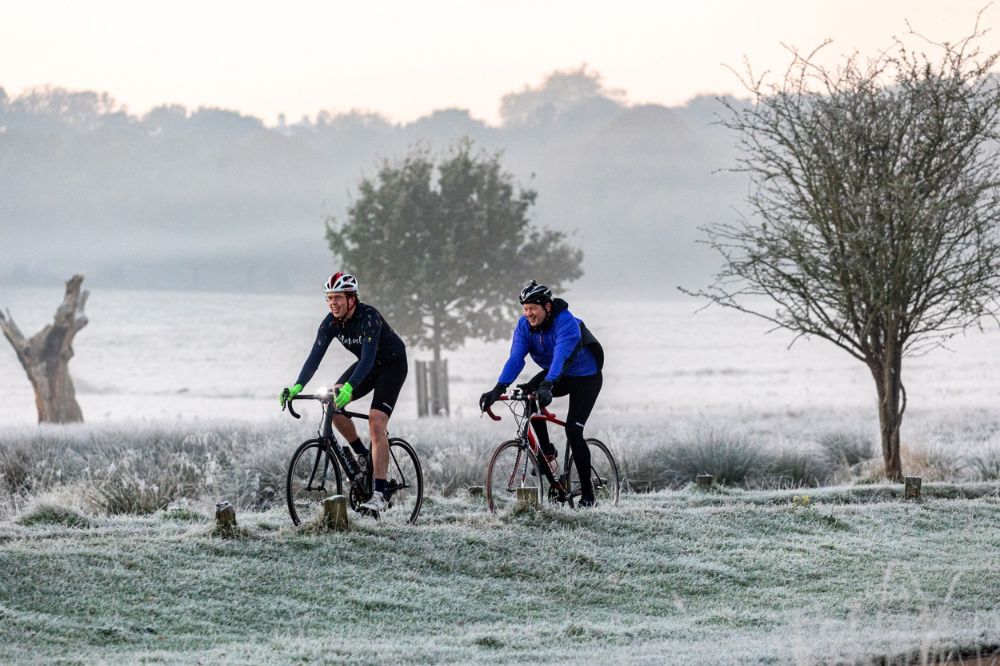How is body temperature controlled?
Your body has two main ways to maintain temperature within the narrow required range. First, it employs autonomous processes such as shivering, sweating, and dilation or constriction of blood vessels. And second, it uses your own conscious behaviour to seek shelter or relief when too hot or too cold.
“Both behavioural and autonomic thermoregulation depend on input from sensors located centrally and peripherally in the body,” notes co-author Professor Takeshi Nishiyasu.

Things change with exercise
During exercise, your body produces extra heat via the movement of muscles. This heat is partially dispersed to your surroundings through sweating. Also, your ability to sense temperature on your skin is reduced when exercising. This is likely due to the release of opioids in the brain in response to exercise. Normally, these changes don’t influence your perception of core body temperature.
In cold environments, however, the extra heat produced by your muscles is lost much more quickly. A previous study demonstrated that shivering kicks in at a lower core temperature during exercise than it does at rest.
“While this suggested to us that temperature inputs to the hypothalamus were affected, the question remained whether exercise affected skin or core-temperature sensation in cold environments,” said lead author Tomomi Fujimoto.
Perception of core body temperature is affected

The research team decided to answer this question in their most recent study. They recruited 11 young adults to perform low-intensity exercise while partially submerged in a cold-water tank. The researchers monitored their skin temperature, core body temperature, skin sensation, and perception of cold, as well as heart rate, blood pressure, and oxygen uptake.
The results showed that skin-temperature sensation was unaffected in this scenario because the exercise was low intensity. But they found that the perception of core body temperature was affected by exercise. The researchers concluded that participants’ subjective thermal sensation (when their core temperature dropped by 1.0 °C) was blunted by low-intensity exercise during cold water immersion.
This means that when exercising, people cannot perceive decreases in their core body temperature caused by the cold as well as they can when they are resting.
Pay more attention when cycling in cold weather
This study revealed important information for anyone living and exercising in colder climates or people who enjoy recreational water activities. The observed reduced perception of the cold can affect both physiological and behavioural thermoregulation. In other words, exercising in the cold means you can much more easily overlook getting dangerously cold. Keep this in mind with the winter cycling season just around a corner. Always make sure you have adequate clothing and take an extra layer if unsure.




